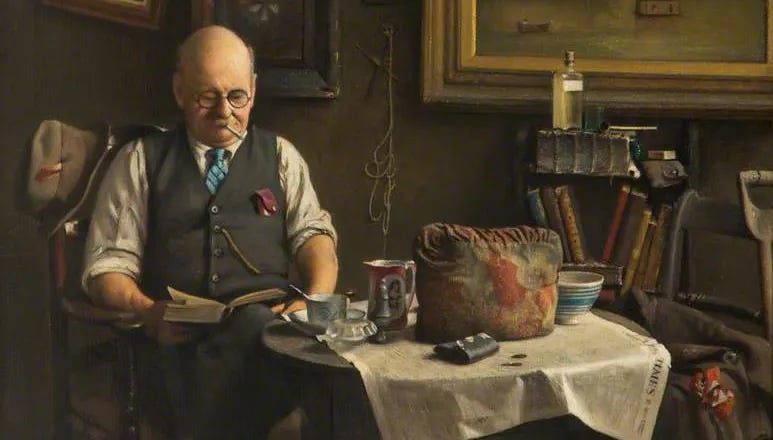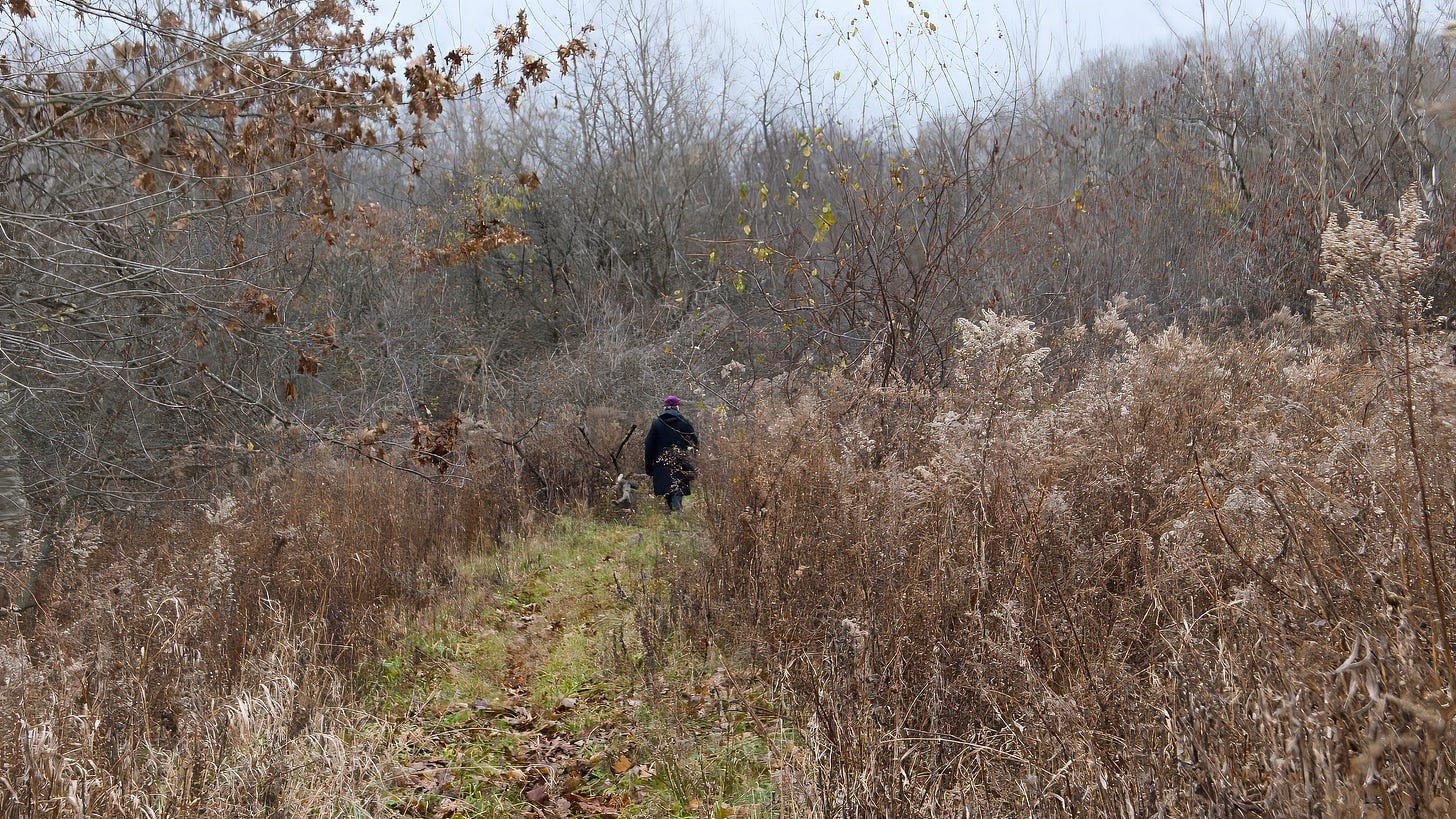QUOTE: We live in a big world and for now, at least, there are still wild places. For people like me, our purpose in life is to instill in as many people as possible a desire to explore, connect, understand and grow intimate with what is your birth right as a citizen of the world. In the words of Joseph Wood Krutch; To not merely escape from something but also into something … we have joined the greatest of all communities, which is not that of man alone but of everything that shares with us the great adventure of being alive.”
There is a 1000 (not 1001) Species Challenge
A few years back, I stumbled upon the 1000 Species Challenge through a naturalist in England. I’m not sure where he got the idea, but the concept was simple: challenge yourself to see and record/photograph 1000 different species of anything. It sounded like a perfect fit for me - I love making lists and organizing data, not just about birds, and I’m always up for exploring wildlife. So, I adopted the idea, with his permission, and started my own journey.
“Always lists to be made, as if writing items in neat vertical rows might stave off randomness and chaos” (- Author unknown)
I wanted to put a personal twist on the challenge. Instead of trying to see 1000 species worldwide, which is not too hard, I set my sights on creating verifiable records of 1001 species within an 8km (5 mile) circle around my suburban home. This circle or “patch” is reasonably accessible by foot or bike, and aligns perfectly with my passion for greenbirding. The West Island of Montreal fits nicely. You can do this how you like, set your own personal challenges because nobody is keeping tabs on your successes.
What I confirmed to myself was that even in a suburban area, there’s a surprising amount of biodiversity to be found. It’s more than most people realize, especially considering the rapid decline of populations due to habitat loss, climate change, and other factors that we see these days. I have mentioned before the chap who didn’t believe the 60+ species of birds seen during spring migration a few years ago with the dismissive comment that “all I ever see are blackbirds and sparrows”. Eyes have to be opened. This newsletter is my way of sharing this often unseen treasure with you. It’s a reminder that all we need to do is step outside our front doors and go for a walk to discover something splendid right in our own neighborhoods.
Earlier this week, sparked by some “discussion” in our town’s social media about local biodiversity and an experimental area of rewilding in a corner of a park (not to everyone’s liking, it has to be said) I thought to sit down and tot up what we have seen when out walking locally. The table below gives you a flavor - undoubtedly the actual species will amount to more than I show, but these are the ones I can verify with confidence, a majority with photographs.
Of the birds, 120 have been seen in or from our garden and in any given year we expect to see 70-90 of those species here - sitting in the trees, coming to the feeders, flying over, bathing in the small waterfall. Even in the depths of winter, our records for Feederwatch show that we have seen 57 different bird species in the past 26 years that we have kept a count. Not that we expect to see many more than a third of that number in a single winter, but over time the variety adds up. The slime mould was the delightfully, and entirely appositely, named Dog Vomit Slime Mould growing on the wood chips that had been spread on a path. Once seen, never forgotten.
Most of the plants are native to this area but possibly a third, while being well naturalized, arrived over time from Europe and Asia. Not really surprising when you think that Montreal has been a major eastern seaboard post on this continent for over 400 years - plenty of opportunity there for seeds to hitch a ride and lime what they found.
What lives close to you?
This week’s selection from the 1001 species are all birds
The weather has been mostly drear, cold and wet. The green is gone and we are waiting for snow. Nevertheless, there is quite a bit to see and enjoy. For example:
Female Finches - telling them apart
Male House and Purple Finches are around at this time of the year and reasonably easy to distinguish one from the other, but if you have females to sort out then perhaps it’s a little more difficult … there are subtle variations in color and markings on the breast but often the simplest is to remember that Purple Finches have a wedge-shaped dark area on the cheek extending backwards on the side of the head from the eye.
House Finch female
Purple Finch female
And here is a House Finch male, just because he is a smart fellow
We have “Town Turkeys”
A small group of Wild Turkeys have been wandering around town for weeks now causing low-grade excitement on the community Facebook group. Turkeys are remarkably adept, especially for their size, at melting away into the shrubbery and out of sight and so we had not seen them until, walking around on Thursday we turned a corner and there they were, quite unconcerned by our presence.
… and a last, extra. A Pileated Woodpecker. And why not - this fellow looks as if he is Dragon-Lord of all he surveys. Don’t tangle with a beak like this. I really like this pose.
QUOTE:
If our great, great, great grandparents could witness the world as we know it now, would it break their hearts? The dawn air void of song. The summers empty of insects. Forests lost. Landscapes vast and barren. Skies, almost blank.
I found some interesting ideas on wild-ish gardens in this article …
https://www.noemamag.com/the-entangled-garden/
Looking back over 20 years, I think what we have encouraged to develop might be called a fusion garden. Native plants and animals form new communities with benign immigrant species. The Turkey oak thrives alongside the English cherry. The red admiral pollinates the drunken sailor. The human gardener potters along beside the seed-ferrying, soil-making, network-creating wildings … This model is unlikely to have much relevance to the overwhelming problems of the larger world. But maybe its mindset could. The great biologist and essayist Lewis Thomas once described homo sapiens’ proper role as “handyman to the Earth” — not owner or manager or green savior, but collaborator, first-aider, repairer, a being who can help the more-than-human through difficult times and, especially, put right the damage our species has caused.
Easily Distracted?
Can’t focus, spend too much time scrolling on your screen, can’t settle? Ever watched small birds a foraging mice taking a bite here and a nibble there and never settling down to a square meal? That’s us in a nutshell … it’s simple biology.
While digital distraction is a relatively new phenomenon in humans, some researchers see a striking resemblance to a more ancient instinct: foraging.
“How do you know to keep eating berries at one bush, and when do you decide to go over to another bush and see if that one’s got better berries?” said Harrison Ritz, an associate research scholar at the Princeton Neuroscience Institute who studies attention. Dr. Ritz draws an analogy between grazing animals and humans flitting between e-mail, work spreadsheets, shopping online and scrolling Instagram. The automatic thought process is this: How valuable is what I’m doing right now, how valuable is another thing I could be doing instead, and how much work would it take to get from what I’m doing right now to something else?”
https://www.theglobeandmail.com/canada/article-digital-distraction-focus-experts/
Passenger Pigeons Redux
“With this work in progress, we’ll see the first real milestones for bird biotech and Passenger Pigeon gene-editing in the mid to late 2020s. Depending on how complicated we discover it will be to recreate a Passenger Pigeon, it might push the overall timeline out a bit longer. We’ll be able to discover more of a realistic timeline in the next five to six years, but I’m confident with our newly launched work that the world will see a new generation of passenger pigeons hatching in the next 10-15 years (the 2030s).”
This comes from a couple of most interesting articles … the intention is actually to create gene-edited Band-tailed or Rock Pigeons with Passenger Pigeon characteristics rather than bringing an extinct species back to life … the concept and the biotechnology involved are fascinating. Whether it is sensible use of the technology in this context, is another matter altogether.
https://www.species-extinction.com/revival-of-the-passenger-pigeon-project/
https://reviverestore.org/projects/the-great-passenger-pigeon-comeback/progress-to-date/
Tea Time - 4pm around here, every day
Wherever I am, whatever the day, a pause is called for at 4pm for a piece of cake and a large mug of proper tea. Murchie’s CBC Blend for preference, with just a nuage of skimmed milk and NO sugar.




















Dog Vomit! 😂 we had that the first year we moved to northern Oklahoma! What the heck is this stuff? A google search turned up just that name. Will never forget.
Hello Bob - how nice to hear from you and to welcome you aboard my newsletter. I hope you will enjoy future editions, I have one for Sunday that may amuse you. It keeps my Bain ticking over. Best wishes for the 2025 "sky dots".